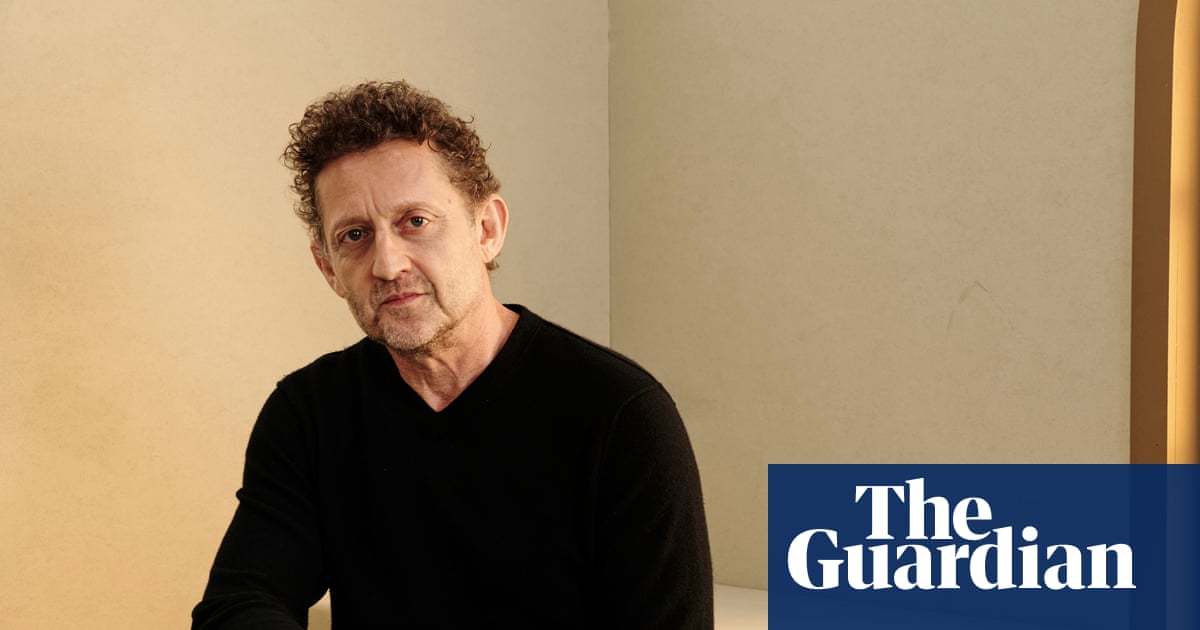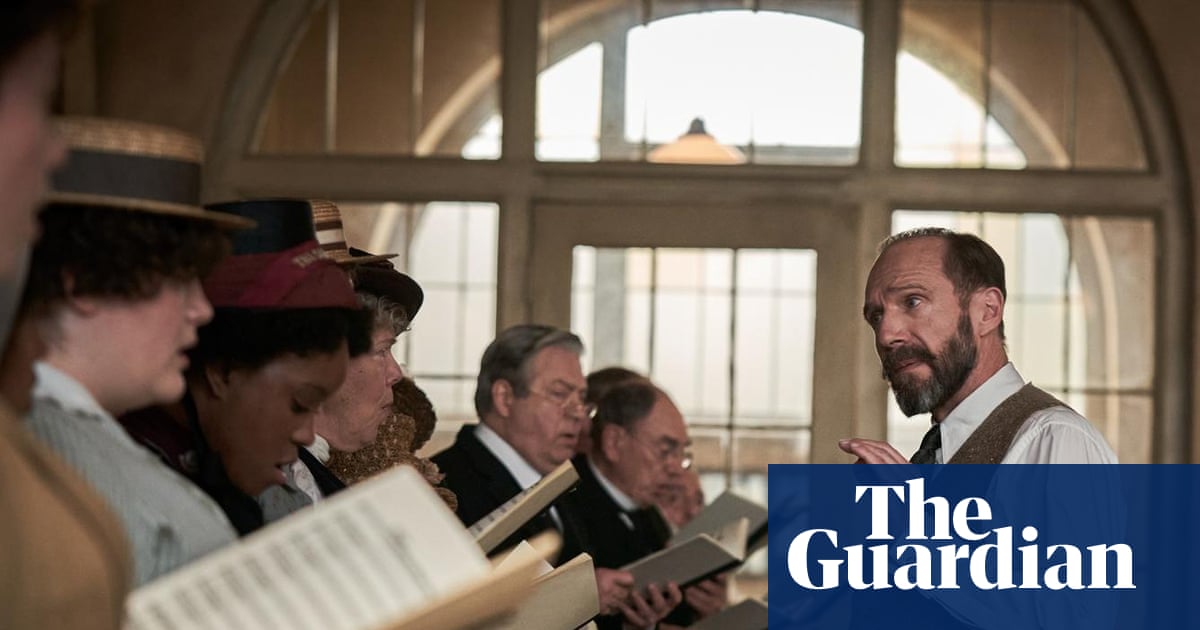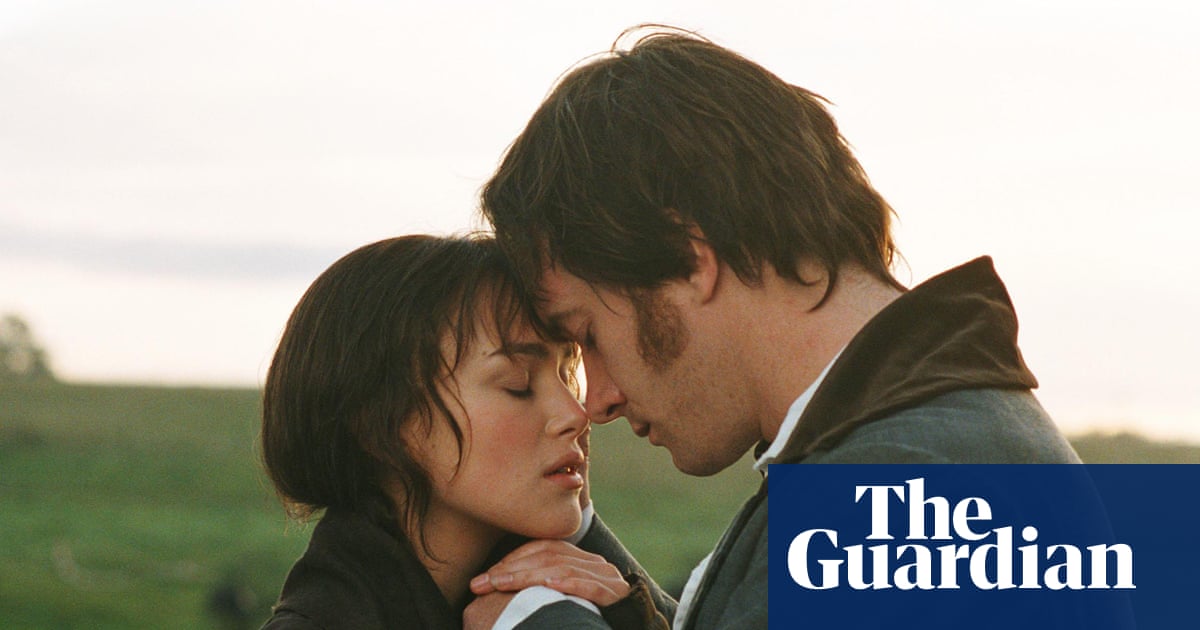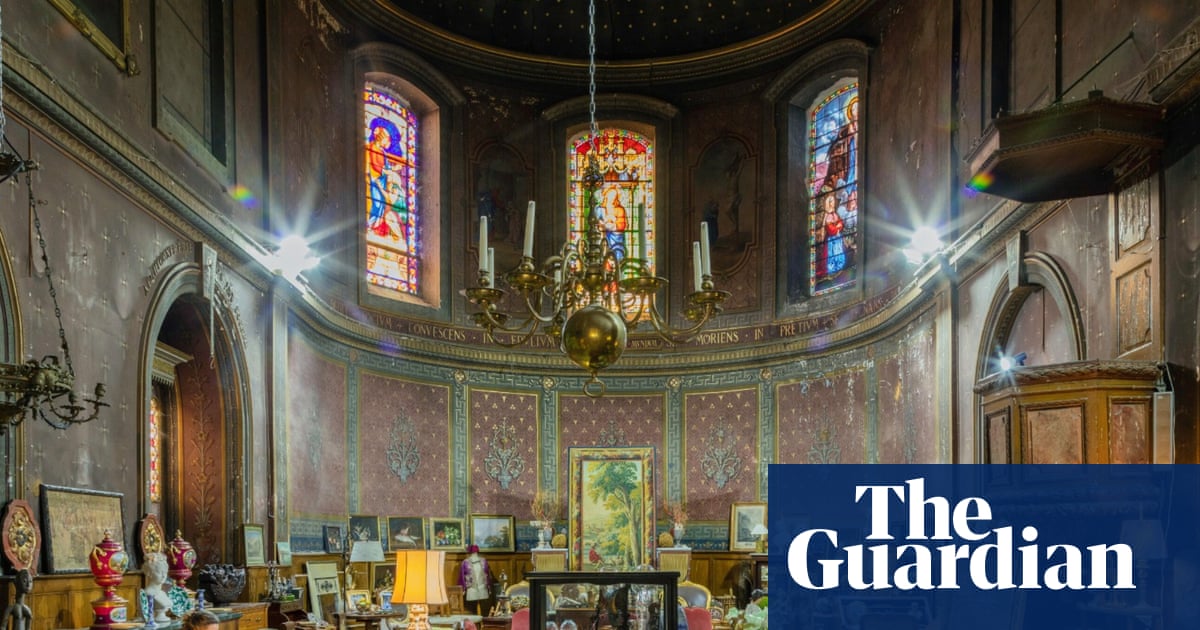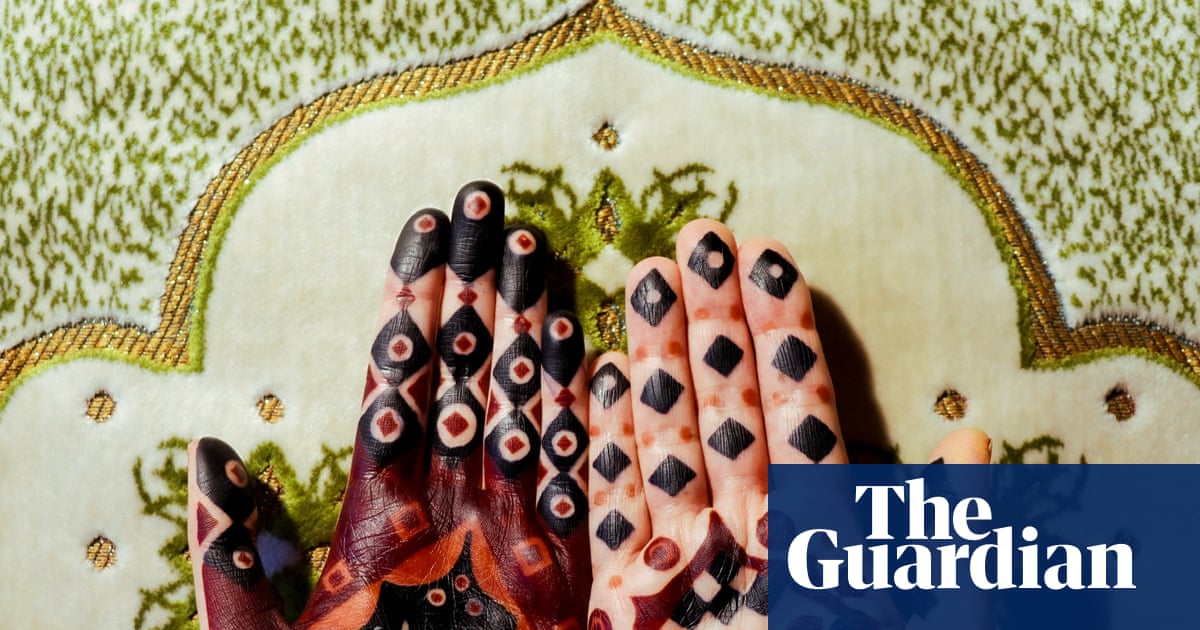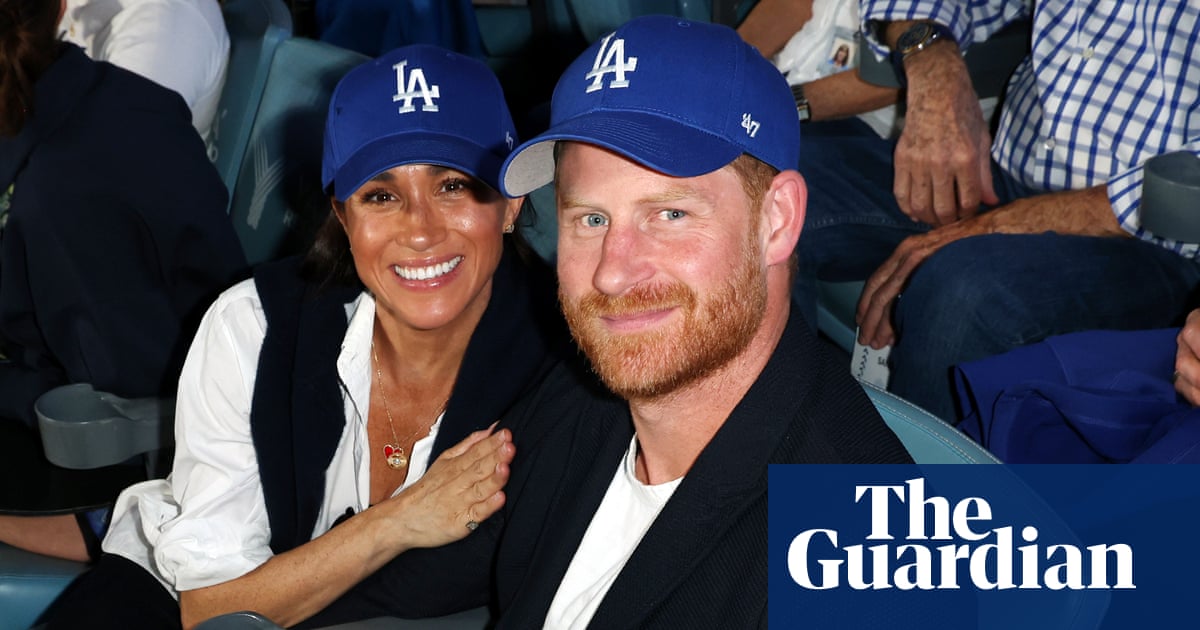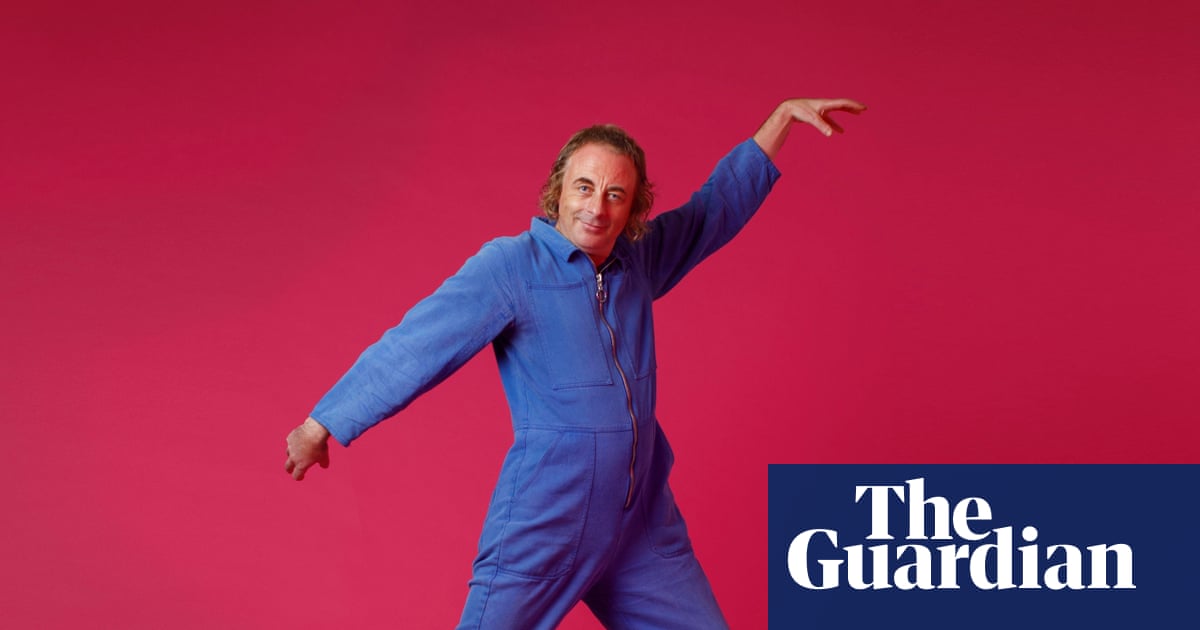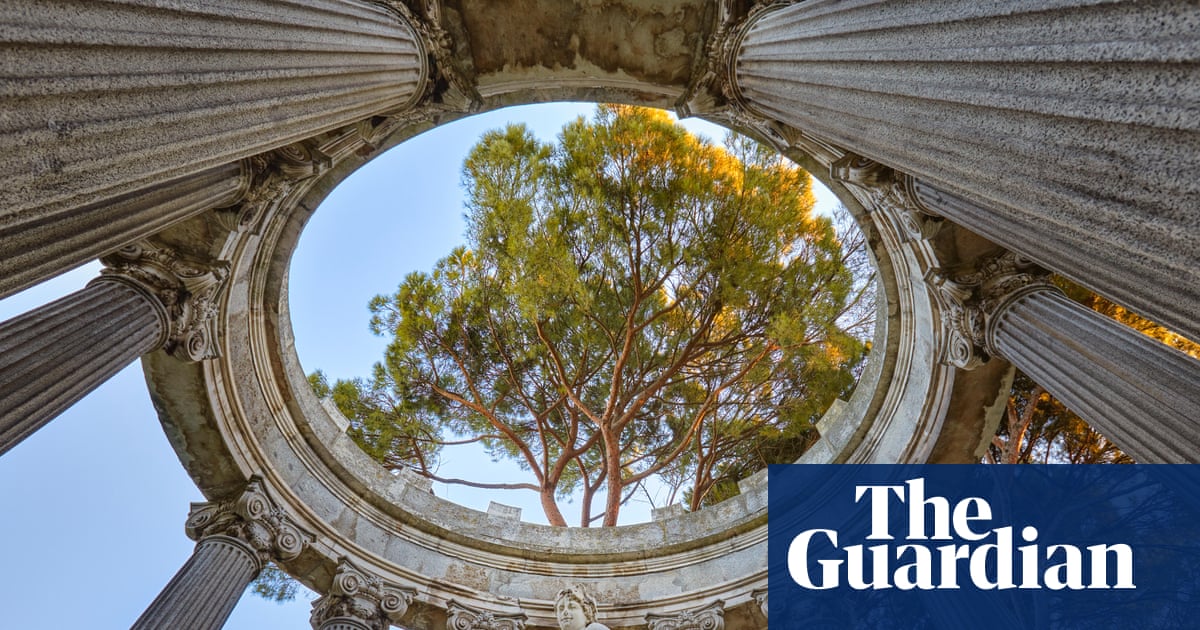I love talking to people about piano music written for the left hand. It’s a corner of the repertoire that’s often seen as a mysterious niche – yet it comprises a handful of hidden gems for solo piano and a few celebrated concertos too.
With most people, the conversation quickly turns to Ravel’s legendary Piano Concerto for the Left Hand (1929-30). This masterwork, a favourite among pianists, has been performed by some of the world’s greatest keyboard titans and – as a pianist born without my right hand – holds a special place in my own output. But there are a great deal more pieces for the left hand out there.
The story begins in the early 19th century when concert pianists were cultural superstars. Liszt, for instance, packed out European concert halls in the same way that a modern day icon such as Taylor Swift sells out stadiums in minutes. These virtuosos enthralled their audiences with their technical brilliance and dramatic showmanship. And they often added an encore designed to astonish – such as performing dazzling feats of pyrotechnics using only their left hand. Using the so-called “weaker” hand to deliver a bravura display was irresistible to concertgoers, and the spectacle would leave them in awe.
The trick lay in the aural illusion: left-hand works often create the impression of two or even three hands playing simultaneously, deceiving even the savviest listeners. Though the left hand tends to be weaker, its physiology gives it an advantage. In standard two-handed piano repertoire the melody line is mostly projected in the right hand by the little finger, the weakest of the fingers. But in left-hand repertoire the melody line is projected by the thumb, the strongest digit, giving it greater clarity. This is why there are more than 3,000 works for left hand alone, yet only a few for the right hand. Another important element in the left-hand pianist’s toolkit is the sustain pedal. This allows bass notes to remain present in the texture creating a fuller sound, similar to that which two hands can achieve.
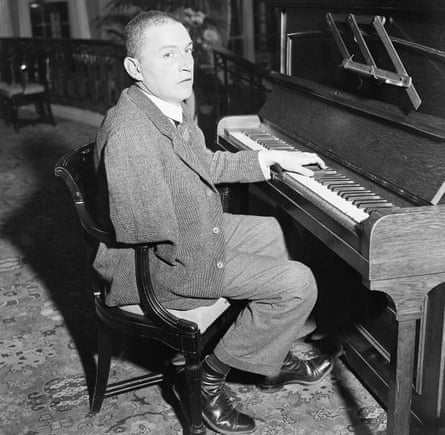
The development of serious left-hand repertoire beyond encore and novelty pieces, give or take a few real left-hand gems, did not occur until the 20th century, in the aftermath of the first world war. At the centre of this evolution was Paul Wittgenstein (1887-1961) whose story would forever alter the course of left-hand-alone music.
A member of the prominent Viennese Wittgenstein family, Paul was the son of a wealthy steel magnate and the brother of renowned philosopher Ludwig. The family was deeply embedded in European high society, with close connections to some of the greatest names in art, music and culture. Paul was a gifted pianist who made his concert debut in 1913. But the outbreak of war would soon change his life for ever.
Having enlisted in the Austro-Hungarian army, Wittgenstein was seriously injured fighting the Russian army in the Battle of Galicia, losing his right arm. This was tragically a common wartime injury: right-handed soldiers often suffered damage to their dominant limb during combat. Taken prisoner after the battle, Wittgenstein was moved to a Siberian camp. Here he etched out the lines of a piano keyboard in charcoal on the base of an upturned wooden crate, spending several hours a day hammering the phantom keys with his remaining hand. A visiting dignitary, witnessing this poignant and unusual sight, arranged for him to be transferred to a camp where there was an upright piano. Wittgenstein set to work figuring out how to play the pieces he adored – but with his left hand alone.
Repatriated to Vienna in 1915, Wittgenstein faced the monumental challenge of reinventing himself as a one-handed pianist. With steely determination (and his family’s immense wealth and elite connections), he set out to build a career. He commissioned some of the most celebrated composers of the era to write works for him. These included concertos by Prokofiev, Strauss, Britten, Korngold and Hindemith. Wittgenstein did not perform every piece he commissioned. He told Prokofiev that he did not understand his 4th Piano Concerto: “The inner logic of the work is not clear to me, and, of course I can’t play it until it is.” He quarrelled with other composers over changes he demanded to their scores.
Among the works he commissioned was Ravel’s aforementioned Piano Concerto for the Left Hand. Yet even that iconic work was not scandal-free: Wittgenstein made changes to the score for the premiere. Ravel was incensed, and the pair only reconciled after Wittgenstein agreed to perform it as originally written.
The concerto is a triumph of ingenuity and artistry. Though it was composed at around the same time as Ravel’s other Piano Concerto, for two hands, the works are poles apart – each a unique testament to the composer’s mastery of orchestration and piano writing. I vividly remember hearing it for the first time as a 15-year-old. Its opening captivated me immediately: an ominous visceral rumble from the orchestra that gradually unfolds into a majestic theme, rising through the low growl of the instruments. All the while the pianist sits in suspense waiting for their dramatic entrance. The attention is electric, and ice-cold nerves are required from the soloist as they prepare for their moment of brilliance.
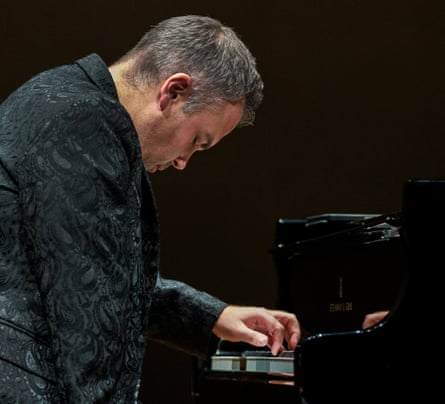
Throughout his life Ravel was inspired by the play of water. Jeux d’eau (Water Games, 1901), and Ondine (the water nymph) from Gaspard de la Nuit (1908) convey this beautifully. Yet, for me, his most water-like musical achievement comes in the left-hand concerto’s breathtaking extended cadenza, heard towards the end of the work. Here the piano becomes a shimmering cascade, rippling and flowing with crystalline beauty before building to a powerful conclusion.
Specialising in this extraordinary repertoire is a privilege, a responsibility and, at times, a real challenge. If my forthcoming Proms performance of the Ravel whets your appetite to hear more, I recommend the Britten Diversions for Piano Left Hand and Orchestra as well as Martinu’s Concertino (Divertimento), a lovely little gem of a work for chamber orchestra and piano left hand. And I confess I can’t agree with Wittgenstein about the work’s inner logic – I’ll be performing Prokofiev’s 4th Piano Concerto next year, and will also soon be adding Korngold’s glorious Piano Concerto for Left Hand to my repertoire.
There are still preconceptions around disability and a career in music. As one of just a few classical soloists with a physical disability, I’ve had to be patient and resilient and to develop a thicker skin simply because I don’t fit into the correct box. But I hope I can inspire the next generation of pianists to explore this remarkable music. Just as Wittgenstein blazed a trail for me, I aspire to light the way for others, ensuring that the legacy of left-hand-alone music continues to thrive.

 3 months ago
52
3 months ago
52

